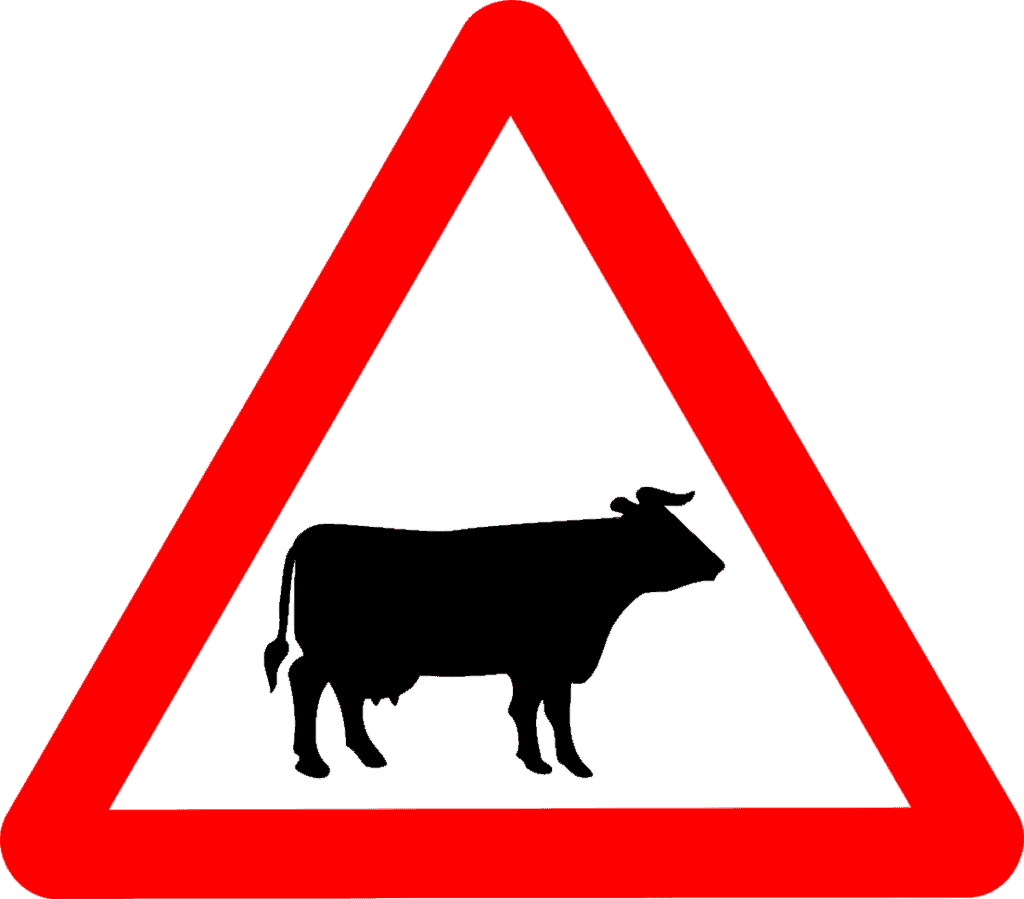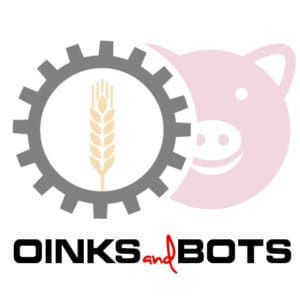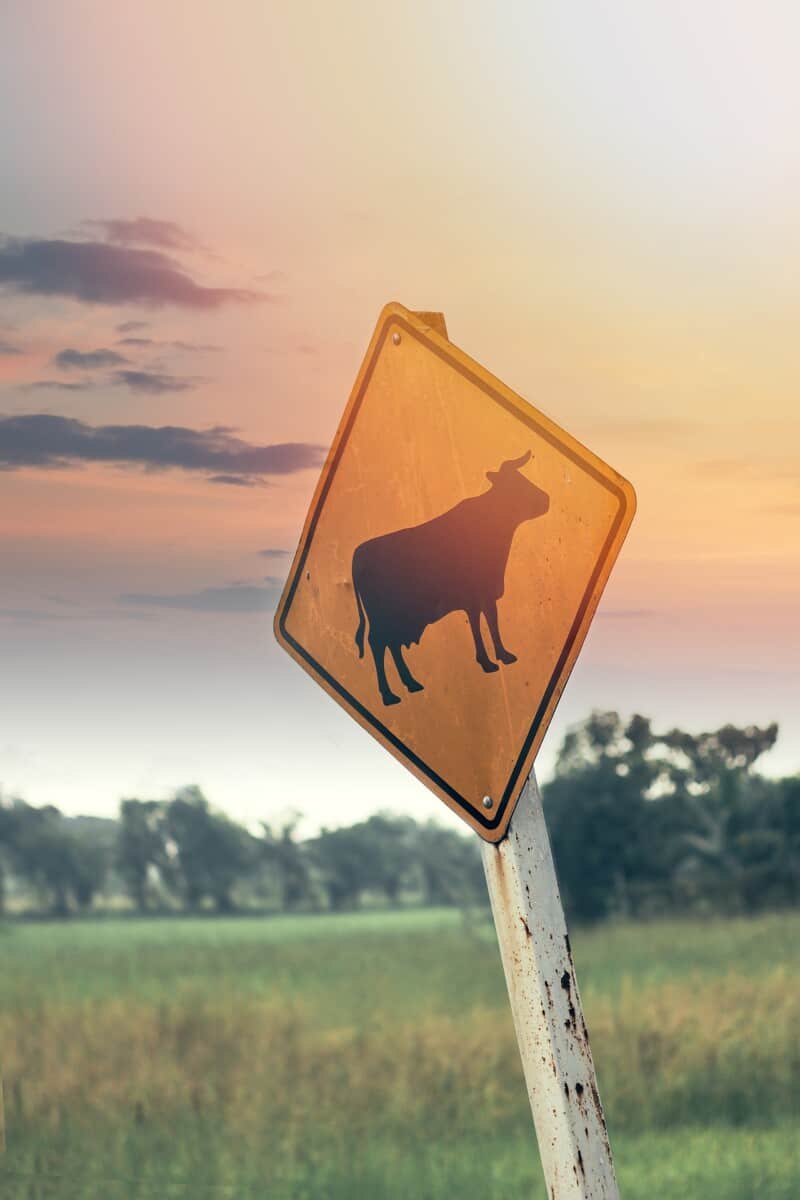One of the main causes of road accidents in the autumn period is the appearance of unattended pets on the roads of the district. Accidents usually occur in the dark, because of the limited visibility and when driving with oncoming vehicles. Material damage as a result of an accident involving animals is brought not only to the owners of animals which die in road accidents, as a rule, but also to owners of vehicles involved in traffic accidents, where the damage may be thousands, and even tens of thousands of dollars.
The main causes of accidents involving animals are:
- Unexpected exit due to transport;
- Unexpected passage of the carriageway in front of an approaching transport.
In order to reduce the accident rate and prevent traffic accidents involving animals, drivers of vehicles must observe the speed limit in the settlements of the district, as well as pet owners, should not leave their pets unattended. Since this is a big issue all over the world and some drivers usually exceed the speed limit and farmers usually leave their livestock unobserved, special signs for animals crossing the street have been made.
To warn of approaching a section of the road where there is a danger of animals crossing the road, a designation is used that consists of the silhouette of a domestic or wild animal of the most common type, for example, for a cattle crossing sing, a cow is shown as a warning sign. These signs warn the driver, that there is a possible danger of cattle running on the road, therefore they should slow down and be more attentive to the road.

This pointer is a triangle with a peak at the top and a red border, inside of which a cow is depicted on a white background. The sign warns the road user about the entrance to a section of the road where farm animals can be driven.
The driver of the vehicle, having noticed the sign “Livestock Drive”, is obliged to reduce speed as much as possible and be always ready to go round or miss large pets (cows, sheep, horses, etc.).
As a rule, this road sign is installed at the locations of livestock farms, pastures, as well as in villages and small towns where the transition of the agricultural herd of cattle belonging to the population is possible.
Usually, in the village, the sign is located about 50 -100 meters to the site where animals can be seen. As for the outside of the village, the sign is located approximately 150 – 300 meters to the site where animals can be seen.
The cattle crossing sign is a very important part of the road, since it warns drivers to be more careful on the road and I an accident still occurs, they might even have to pay a huge fine for the damage.
Stopping Cattle Accessing The Road
As we all know, just crossing signs are not enough to prevent the accident from happening. Therefore, there is a wide variety of applications for animal barriers. They can be universal or designed to contain certain types of animals.
Grids for animals are used in private farms, in large livestock farms, in forestry’s, for fencing pastures, corrals, hunting grounds, roads, and railways. Depending on the specific place of application, animal grids must have different sizes, but the basic requirements for the quality and production technology of such grids are already defined.
The best option for grids for animals is mesh grids, which combine low cost compared to solid grids, great strength, ease of installation. The most widely used were grids made of mesh braided by movable hinged nodes using spot welding. The strength of the rods of such grids is enough to hold any kind of animal. Such mesh fencing shows high resistance to deformation.
Braided nets can be made in various configurations up to individual sizes. Standard nets are made according to the following parameters:
- Height is from 120 to 200 cm.
- The distance between the vertical rods is 15 cm.
- The number of horizontal rods from 6 to 22.
- The distance between horizontal rods is from 5 cm to 20 cm.
- The diameter of the rods is from 1.5 to 2 mm.
In the manufacture of fencing for animals from the mesh, a special silicate zinc coating is used with increased resistance to corrosion and any external factors. The life of materials with such a coating is one and a half times longer than that of materials with conventional zinc coating. This kind of grid is very effective to hold the cattle horde, but sometimes accidents still occur. Therefore, the special sign for the cattle grid has been applied.
This pointer is a triangle with a peak at the top and a red border, inside of which „Cattle Grid” is written, is depicted on a white background. Since a cattle grid is a metal grid in the road that stops livestock from crossing the road, the sign wars us that, if there’s cattle grid you should expect to look out for sheep, goats and/or cows on the road.
The sign warns the road user about the entrance to a section of the road where farm animals can be driven. The driver of the vehicle, having noticed the sign “Cattle Grid”, is obliged to reduce speed as much as possible and be always ready to go round or miss large livestock, such as cattle.
All public roads containing a cattle grid must be marked with Cattle Grid sign, which is one of the types of cattle crossing signs. Driving through a cattle grid at a high speed or off guard may cause a car to lose control. This is especially dangerous for two-wheeled vehicles because the chances of serious damage are very high.
By ensuring that the correct signage is used accidents can be avoided. The sign should be sited at the standard distance from the hazard. Usually, a post-mounted cattle grid sign can be seen in a range of sizes from 450mm up to 1500mm, depending on how far away the farm is and how dangerous it is to cross that particular road.
Dangers Of Cattle On The Road
In the summer, with the increase in the number of vehicles on the territory of villages or farms, the number of road traffic accidents involving domestic animals is significantly increasing, the cause of which is both non-compliance with the speed limit and grazing near the carriageway.
Accidents take place in most cases in the dark, as the visibility of the road in the direction of movement is significantly deteriorated, as well as due to the fact that the population drives their livestock for free grazing and does not have control over them.
As a result of an accident, people die or receive bodily injuries of varying severity, and vehicles receive mechanical damage, which can be worth a lot of financial damage. Thus, grazing livestock unattended poses a real threat to road safety, by interfering with the movement of vehicles, as well as by creating an emergency.
Such incidents are always great stress for passengers. According to the people, who had cattle related accidents, during a collision, people in cars hear how bones crackle in an animal that has gotten under the wheels.
Even with the horrible trauma, the harm is never only moral. Due to emergency braking or collisions, passengers can be injured, there is a risk of damage to the rolling stock as well.
One cow weighs about 600-700 kg. And the impact of such a mass can damage the brake line. It takes up to an hour to repair, and it happens that you have to call an auxiliary locomotive. There is no one to compensate for the losses because the owners do not stigmatize their cattle and it grazes wildly, wherever it wants. Usually, there’s no one to impose a fine for picking grass in the danger zone.
Therefore, it is mandatory for the driver to take a good look at the cattle crossing signs, slow down the vehicle and be more attentive to the road. As for the farmers, they should take care of the cattle grids and if that is not possible, they should take care of their cattle, because it can cause serious damage to the driver, the owner, and cattle itself.

